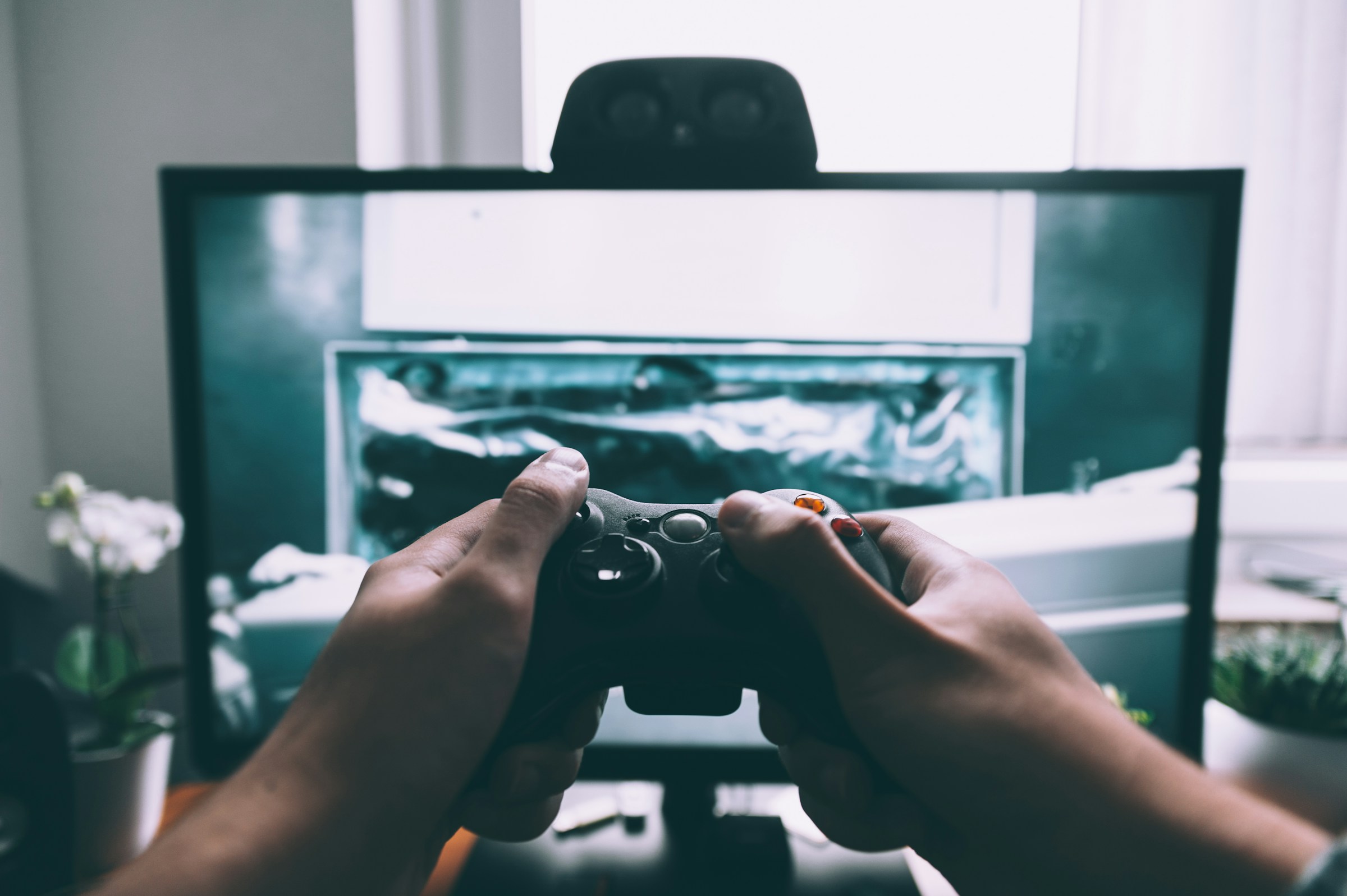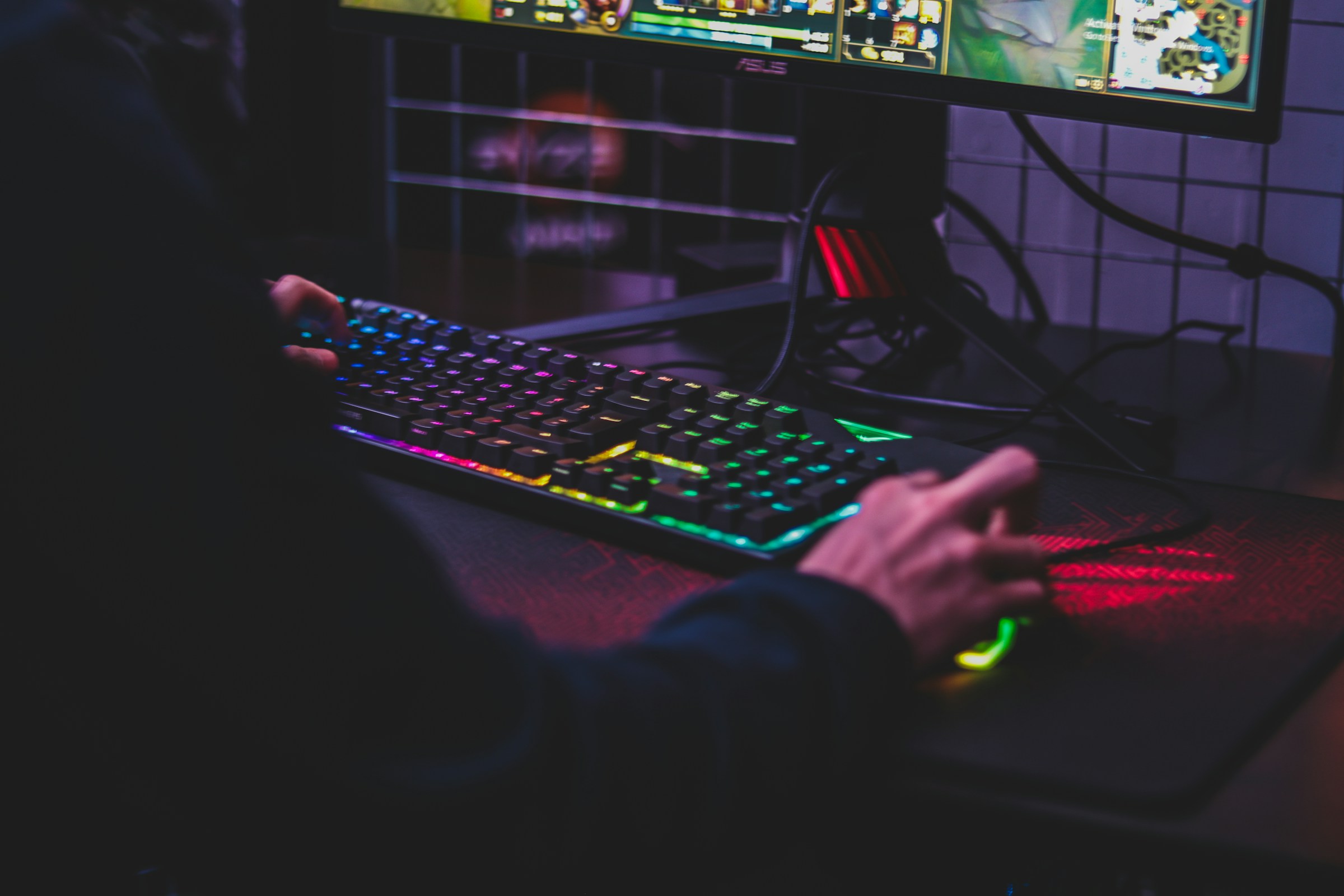For the committed gamer, playing isn’t just a pastime—it’s a passion, a performance, and let’s be honest, a bit of a lifestyle. So, if your current gaming setup feels more like a work desk with a joystick than a true command center, it might be time for an upgrade. Building a home system that actually matches your love for gaming means more than just picking up a new controller or grabbing a flashier mouse. It’s about creating an environment where performance, comfort, and tech meet in one beautifully lag-free zone. So, let’s talk about the pieces that matter—and how to get each one right.

The Importance of the Right Screen for Gaming
Let’s start with what you stare at for hours: the screen. It’s easy to underestimate just how much the display impacts everything from your kill streak to your comfort level. Whether you’re a team console or keyboard warrior, having the right screen isn’t just about looking good—it’s about playing well. Factors like refresh rate, resolution, and size all contribute to the overall experience, and picking the wrong one can actually hurt your performance.
There’s evidence showing that screen size and responsiveness do affect how quickly and accurately you react in-game. That’s why it’s worth looking into the best screens for gaming, especially if you’re serious about your sessions. Bigger isn’t always better, but a crisp, lag-free display with a refresh rate of at least 120Hz can mean the difference between a win and a respawn. Whether you go ultra-wide, 4K, or stick to a high-performance 1080p panel, what matters most is that your screen works with your space, your games, and your eyes.
You can Game Anywhere at Home Without Lag
There’s nothing worse than landing the perfect headshot only to watch it rubber-band into oblivion because your signal dropped. That’s why a strong, consistent internet is the backbone of any great home gaming system. But the truth is, most homes don’t have flawless coverage. That’s where extending your signal becomes essential—especially if you dream of gaming on your back porch or turning the basement into a LAN party paradise.
Investing in the right network gear, such as a WiFi extender exterior system, can give you seamless coverage whether you’re inside or stepping out for a breath of fresh air between rounds. It’s not just about speed—though that matters, too—it’s about stability. The last thing you want is to get disconnected mid-match because you moved ten feet too far from your router. With a well-placed extender, you can game from the couch, the garage, or even the backyard without worrying about buffering or lag spikes.
Get a Chair That Won’t Destroy Your Spine
Let’s be real: a plastic folding chair won’t cut it. If you’re serious about gaming, your seat needs to keep up. That doesn’t mean you need to blow your entire budget on a racing-style throne, but it does mean your body will thank you for investing in something ergonomic. Supportive cushions, adjustable armrests, and lumbar support are the MVPs here. Because comfort isn’t a luxury in long sessions—it’s survival.
A bad chair causes back pain, fatigue, and even wrist issues that hurt your gameplay and your health. A good one lets you stay focused longer, recover quicker, and feel better after you log out.
Headsets and Sound Systems are Crucial for an Immersive Experience
Gaming is as much about hearing as it is about seeing. From hearing an enemy creeping up in a shooter to losing yourself in a sweeping soundtrack, sound turns pixels into an experience. That’s why a solid audio setup—whether you go with a headset or external speakers—can drastically improve how you play.
The right headset gives you directional sound that can boost reaction times in competitive titles. But it’s also about comfort and clarity. Nothing ruins a game faster than a headset that pinches or drops out mid-sentence. Meanwhile, if you’re not into wearing headphones all day, a well-placed soundbar or speaker system can create an immersive environment that fills the room.

Lighting and Ambience Matter for Gaming
Sure, RGB lighting is often treated as the glitter of the gaming world, but don’t roll your eyes just yet. Thoughtful lighting does more than make your setup look cool—it sets the mood, reduces eye strain, and even helps you focus. Soft, adjustable lights can ease the contrast between your screen and the room, especially during long nighttime sessions.
Whether you’re syncing your lighting with your gameplay or just using LEDs to create a vibe, it’s all about making your space feel like your space. Some gamers prefer a deep blue glow, others go for warm reds or calming purples.
